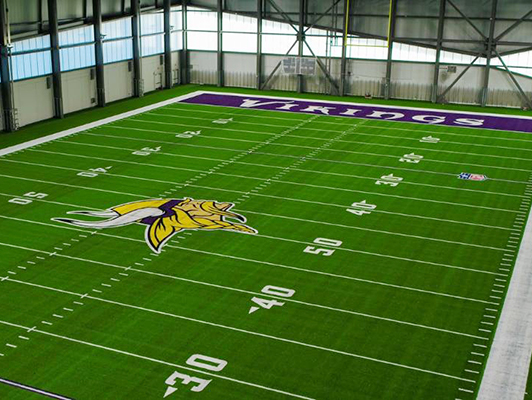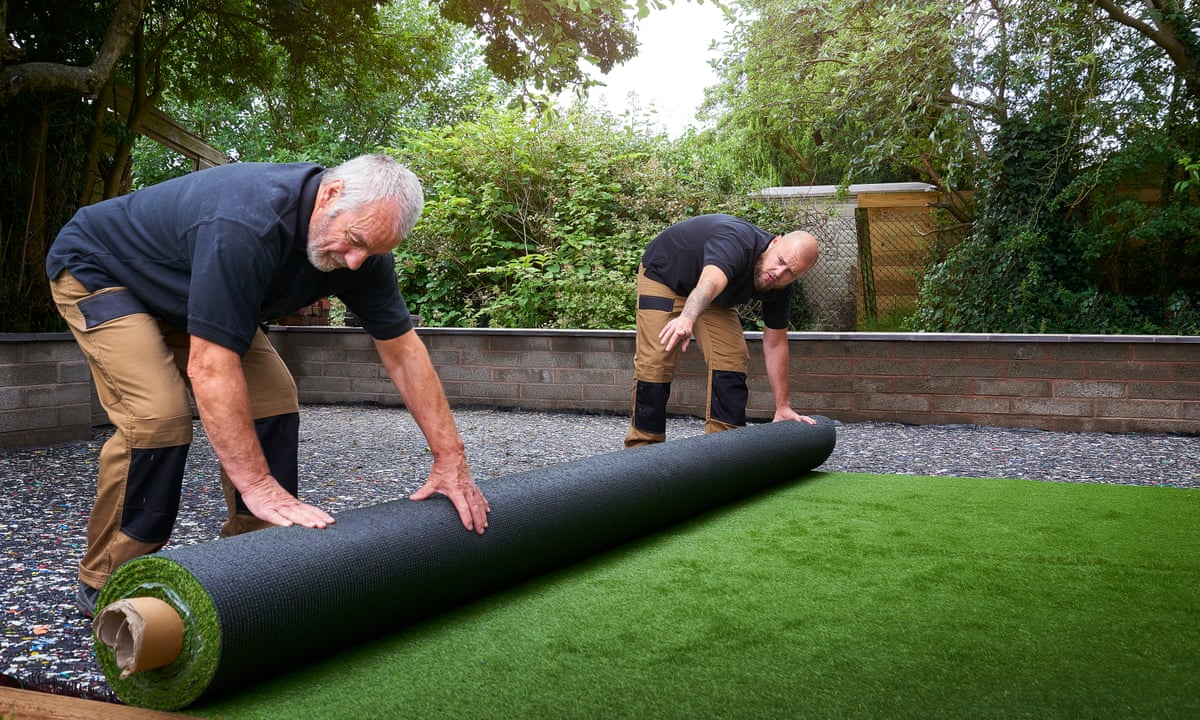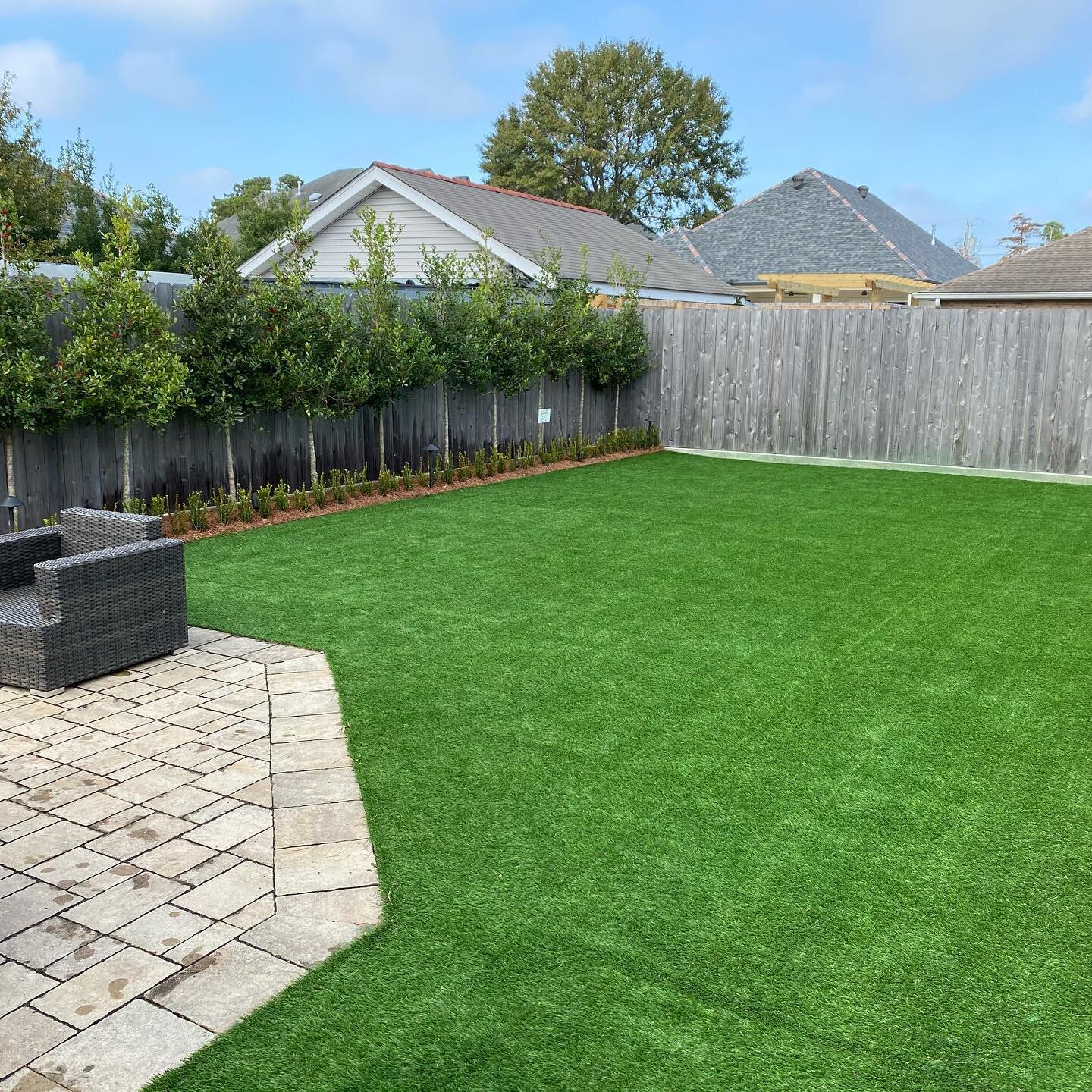Budget-Friendly Turf Installation Phoenix AZ for a Easy-Care Lawn Solution
Budget-Friendly Turf Installation Phoenix AZ for a Easy-Care Lawn Solution
Blog Article
Look Into the Environmental Advantages of Opting for Synthetic Grass Solutions
The fostering of synthetic grass remedies offers a compelling opportunity to address pressing ecological challenges. By considerably minimizing water use and reducing the application of hazardous chemicals, these alternatives not just promote lasting landscape design yet also shield local environments. The lower carbon impact associated with lowered maintenance activities adds to a more sustainable method to land administration. The effects of these advantages prolong past plain conservation efforts, increasing inquiries about their lasting effect on environment preservation and total environmental equilibrium. Checking out these measurements reveals a complex interaction worth thinking about.
Water Conservation Perks
One of the most considerable benefits of fabricated grass is its capacity to preserve water. In contrast, man-made turf does not require watering, dramatically lowering the total need for water sources.
By eliminating the demand for regular watering, synthetic grass adds to lasting landscape practices and aids mitigate the environmental influence of excessive water consumption. Additionally, the preservation of water includes the reduction of drainage, which can bring about soil disintegration and waterway contamination.
In addition, the installment of synthetic grass allows towns and homeowners to allot water resources a lot more effectively, focusing on important uses such as drinking water and agriculture. The shift in the direction of synthetic grass not just promotes accountable water usage but additionally straightens with more comprehensive ecological objectives focused on protecting natural deposits.
As neighborhoods progressively prioritize sustainability, the water conservation advantages of synthetic grass provide an engaging situation for its adoption in industrial and property landscaping projects.
Decreased Chemical Usage
The transition to synthetic grass substantially lowers the dependence on chemical therapies generally made use of in natural lawn upkeep. Standard lawn monitoring usually involves the application of herbicides, fertilizers, and chemicals to advertise growth and control parasites. These chemicals can posture threats to human wellness, regional wildlife, and the setting, adding to soil and water contamination.
On the other hand, synthetic grass gets rid of the requirement for these harmful materials. As soon as set up, it needs minimal upkeep, largely including routine cleaning and irregular infill replenishment. This decrease in chemical use not only benefits the instant atmosphere however additionally adds to wider environmental stability. By lessening the launch of artificial substances right into the environment, synthetic grass advertises much healthier dirt and water systems.
In addition, the lack of chemical drainage connected with synthetic grass installments aids secure local waterways from contamination, sustaining marine life and keeping biodiversity. Arizona turf. As neighborhoods increasingly focus on lasting techniques, selecting synthetic turf provides a sensible service that straightens with environmental conservation objectives. Via this change, homeowner can take pleasure in lush environment-friendly areas without jeopardizing environmental health and wellness, leading the way for a more lasting future
Lower Carbon Footprint

Moreover, the setup of artificial turf can cause significant water conservation. All-natural yards require significant amounts of water for irrigation, which not just contributes to the carbon footprint related to water removal and therapy but likewise strains imp source local water sources. On the other hand, synthetic grass needs marginal upkeep, needing no watering, thus significantly lowering water usage and its connected energy expenses.
Additionally, the long life of man-made turf contributes to its decreased carbon impact. With a life-span of approximately 15 years or even more, the demand for frequent replacements is reduced, resulting in less waste and reduced energy intake in manufacturing and taking care of typical yard alternatives. In general, synthetic grass presents a lasting alternative for ecologically conscious landscape design.
Habitat Preservation
Environment conservation is a vital factor to consider in the discussion over landscaping options, specifically when comparing synthetic grass to all-natural grass. Natural lawn yards frequently require comprehensive maintenance, consisting of the use of herbicides, pesticides, and fertilizers, which can adversely affect neighborhood ecosystems. These chemicals can leach into the dirt and rivers, hurting indigenous vegetation and animals and interrupting regional habitats.
In comparison, fabricated lawn provides an opportunity to minimize the environmental footprint of landscaping. By going with artificial lawn, property owners can minimize the interruption of all-natural environments associated with typical grass care techniques. Artificial grass removes the demand for damaging chemicals, consequently safeguarding close-by wild animals and preserving the integrity of surrounding environments. Additionally, the installation of synthetic grass can bring about the conversion of former grass areas into even more biodiverse landscapes, such as pollinator gardens or indigenous plant areas, which can support neighborhood wild animals.
Inevitably, the change to synthetic other grass not only conserves water and lowers maintenance efforts but also promotes a more unified find more connection in between human activities and the native environment, promoting environment preservation while doing so.
Long-Term Sustainability
Lasting sustainability is a crucial consider examining the advantages of man-made turf over standard grass lawns. Among one of the most considerable benefits of synthetic turf is its longevity; it can last up to 15-20 years with minimal maintenance, whereas all-natural grass calls for frequent reseeding and replacement. This durability minimizes the requirement for constant resources, such as water, plant foods, and pesticides, which are essential for maintaining a healthy turf yard.
In addition, synthetic grass adds to a reduction in carbon discharges connected with yard care devices. Typical yards commonly call for gas-powered mowers, trimmers, and blowers, all of which add to air contamination. Arizona turf. On the other hand, synthetic turf gets rid of the need for such equipment, promoting a cleaner environment
Furthermore, the production of artificial turf significantly uses recycled products, improving its sustainability profile. As manufacturers take on environmentally friendly methods, the ecological footprint of synthetic grass remains to decrease.

Verdict
The adoption of man-made lawn remedies offers considerable environmental benefits, including considerable water preservation, decreased dependence on hazardous chemicals, and a reduced carbon impact. Additionally, synthetic grass aids in preserving natural habitats by lessening land disturbance and promoting long-term sustainability through the use of resilient products. Collectively, these factors highlight the potential of artificial grass to add favorably to environmental wellness and provide a viable choice to standard landscape design practices in a significantly resource-conscious globe.
In comparison, man-made lawn does not require watering, significantly reducing the total demand for water sources. By reducing the release of synthetic substances into the ecological community, artificial lawn advertises much healthier dirt and water systems.
Additionally, the installation of fabricated grass can result in substantial water conservation. In comparison, fabricated lawn needs very little maintenance, needing no watering, consequently considerably reducing water usage and its connected power expenses.

Report this page